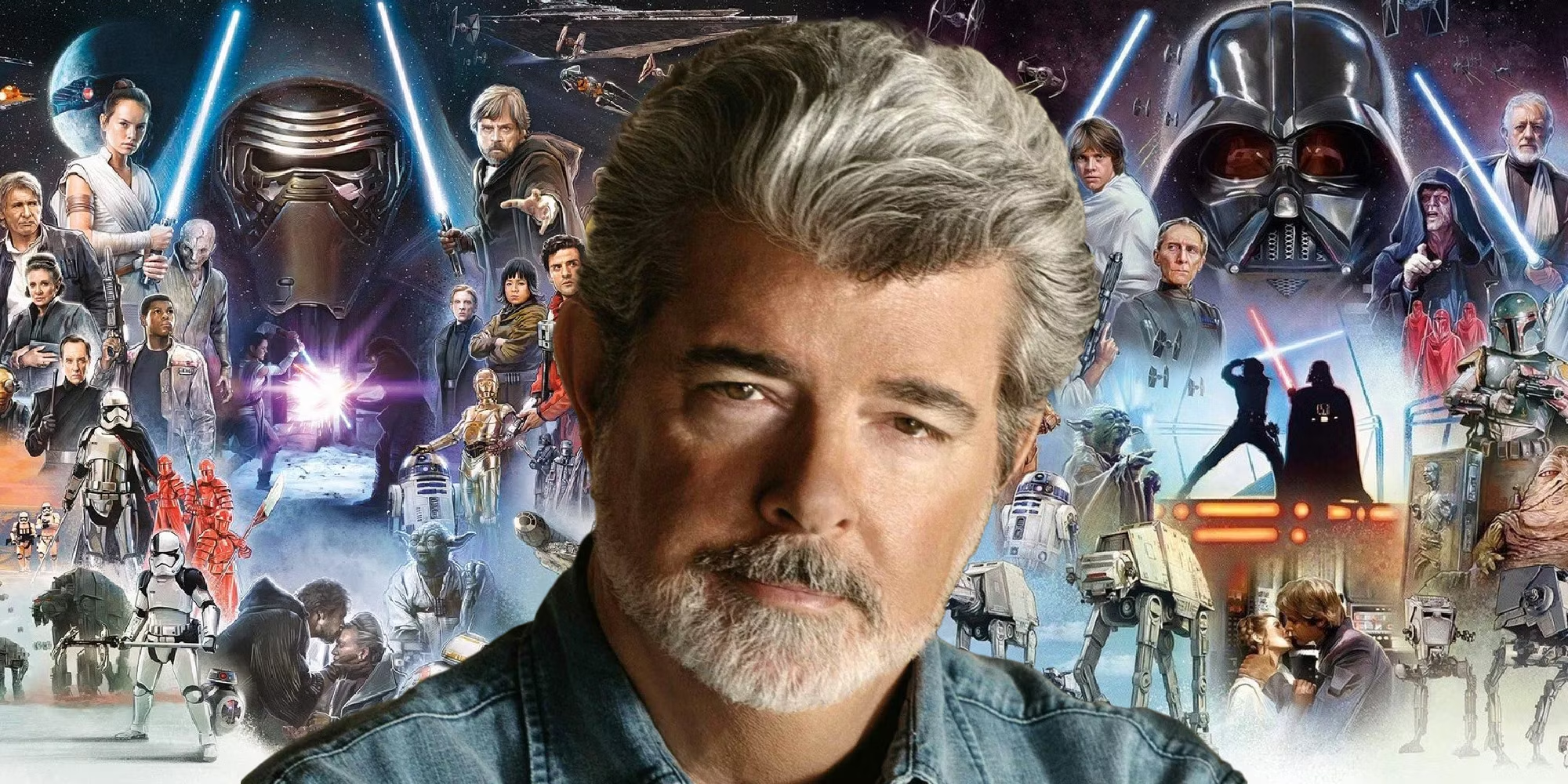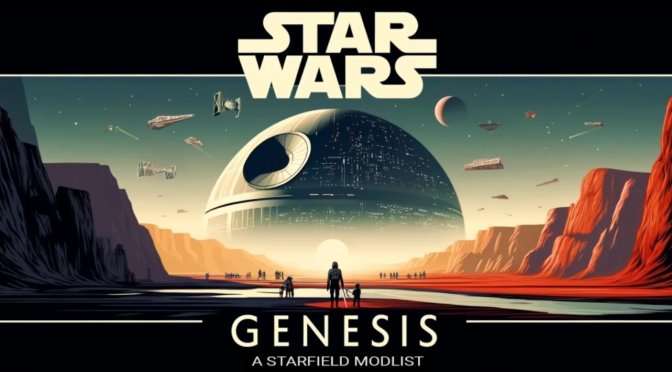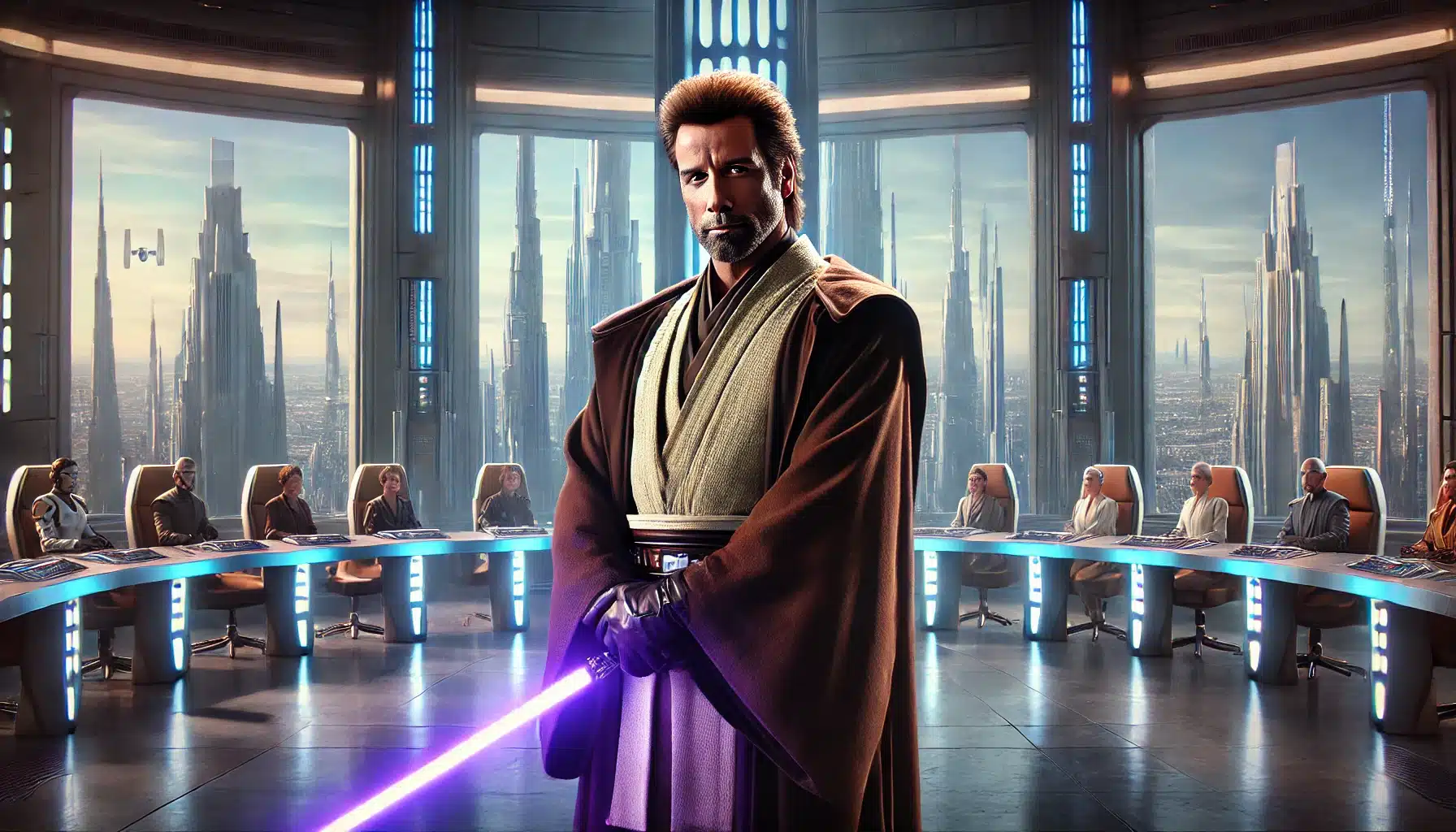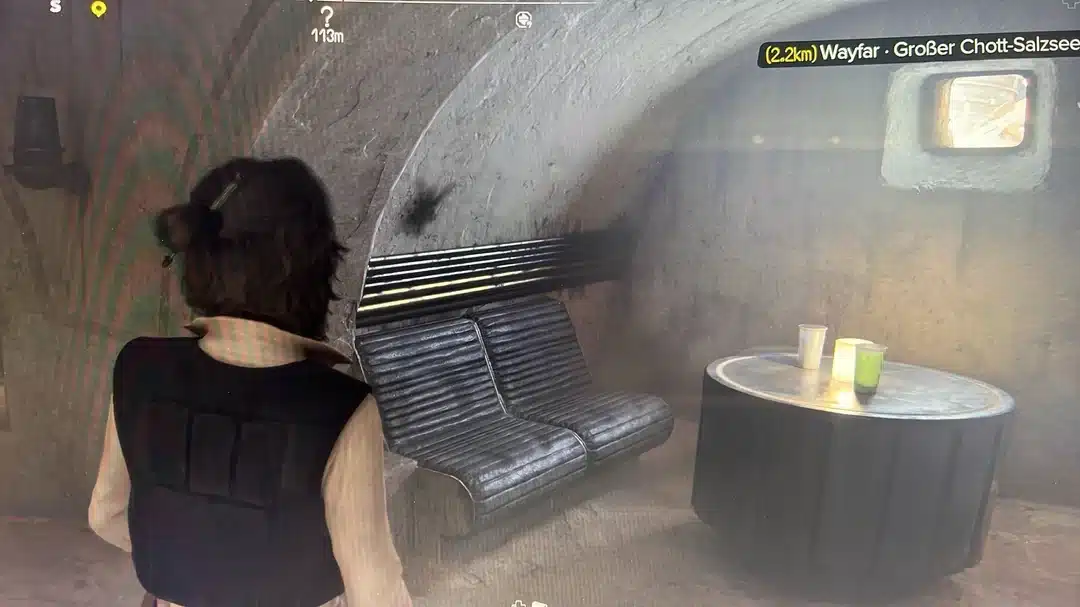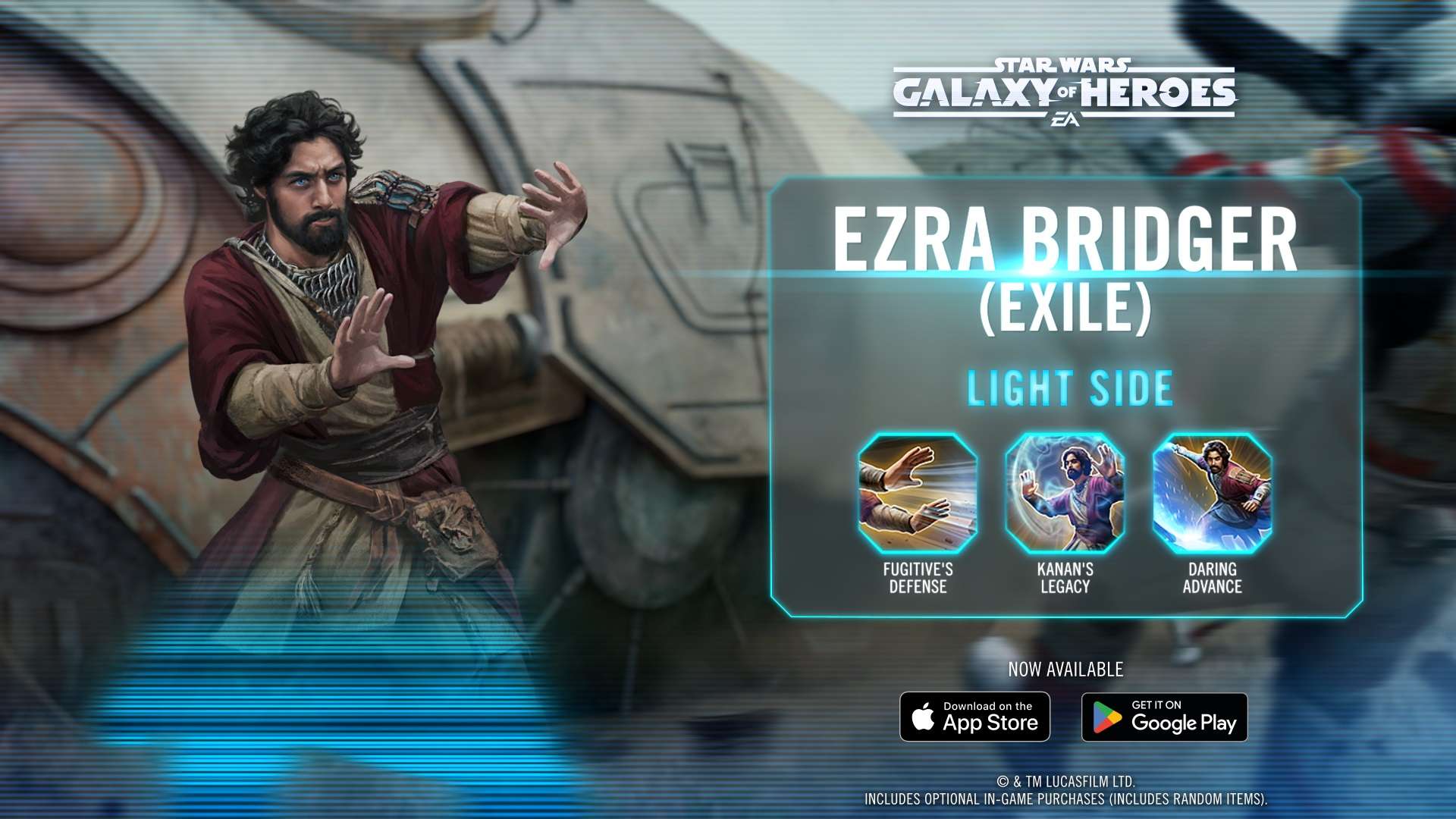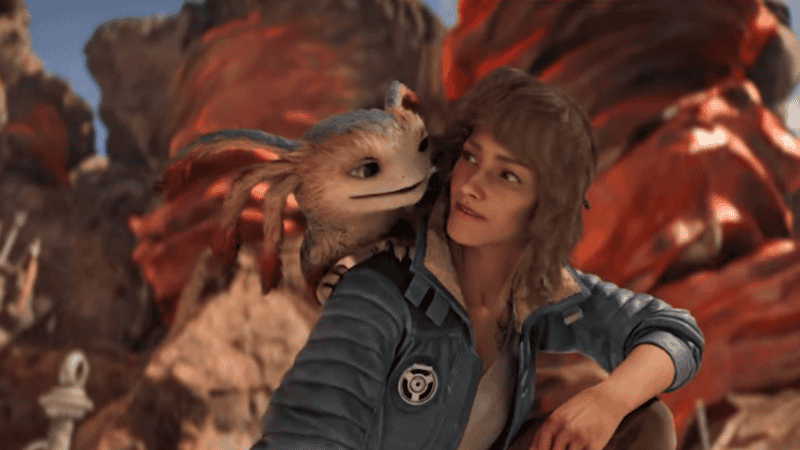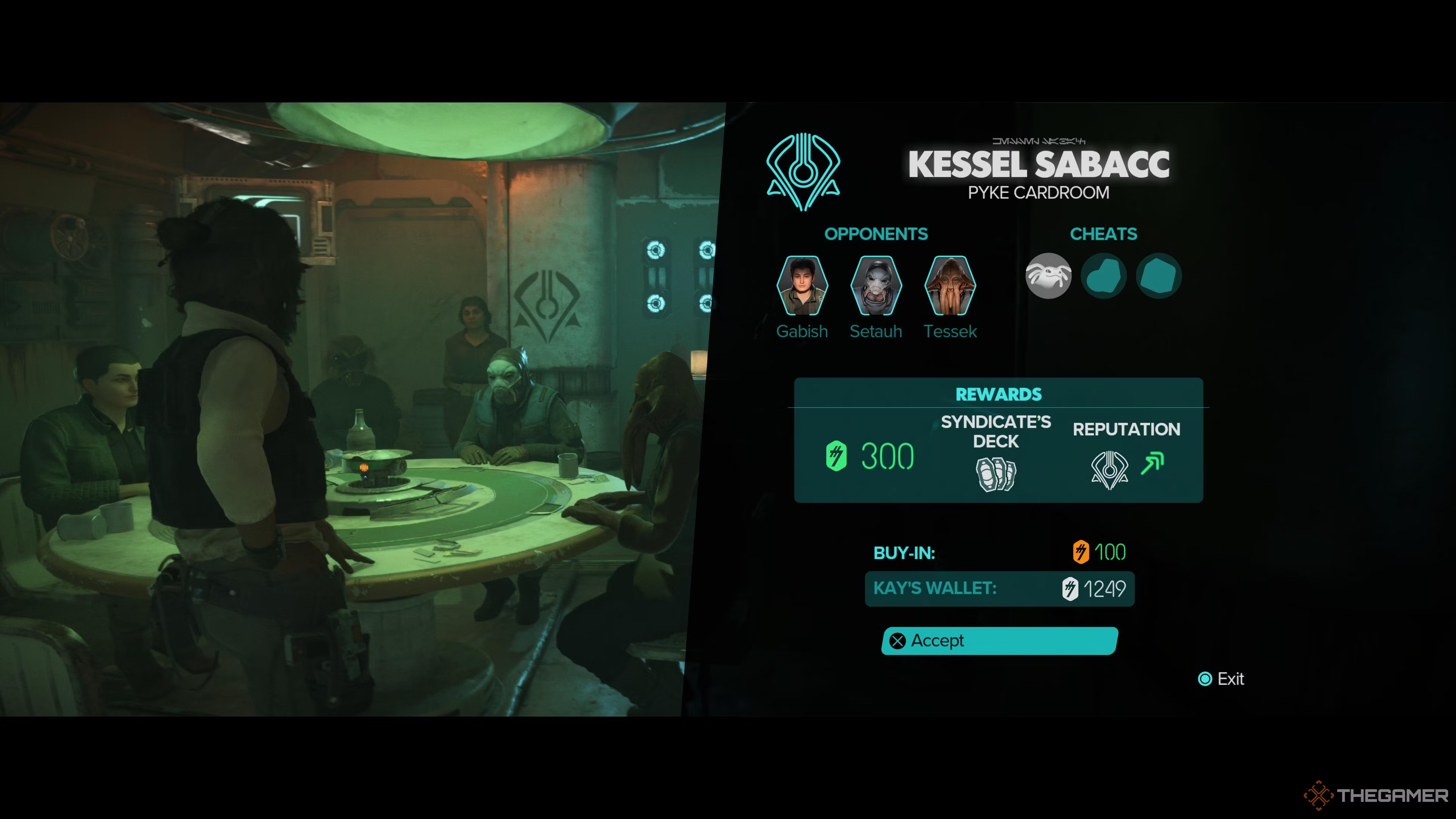A Long Time Ago in a Galaxy…
Star Wars has always been more than just a movie franchise; it’s a cultural phenomenon that has inspired generations of fans. However, it’s also been a lightning rod for criticism, especially when it comes to the infamous prequels by George Lucas and the controversial sequels produced under Disney. But what’s fascinating is how the tides of opinion have changed over time, with both eras experiencing shifting fan sentiments.
The Prequel Trilogy: A Story of Redemption
When George Lucas released The Phantom Menace in 1999, it was like watching your favorite sports team fumble the ball at the Super Bowl. The excitement quickly turned to dismay as fans encountered wooden dialogue, excessive CGI, and, worst of all, the despised Jar Jar Binks. For years, the prequels were ridiculed, often serving as the butt of jokes among the Star Wars faithful.
But then something strange happened—a phenomenon that can only be described as a cultural redemption arc. As the kids who grew up with the prequels came of age, they brought a fresh perspective to these films. Suddenly, the complex political themes and tragic character arcs started to gain recognition. These elements, once dismissed as dull or convoluted, began to resonate with a generation disillusioned by real-world politics(CultureSlate).
Gen Z, in particular, found a certain grim satisfaction in the prequels’ exploration of how democracy can crumble and how good intentions can lead to dark places. The political undertones of the rise of the Empire and the fall of the Jedi Order echoed their own experiences in a world increasingly defined by political strife and societal disillusionment(The Cavalier).
The Clone Wars Factor
Another key factor in the prequels’ redemption was the animated series The Clone Wars, which aired from 2008 to 2020. This series, set between Attack of the Clones and Revenge of the Sith, added layers of depth to the prequel era, expanding on characters and storylines that the films only touched upon. For many fans, The Clone Wars became the lens through which they re-evaluated the prequels, finding new appreciation for an era of Star Wars that had been previously dismissed(CultureSlate).
Disney’s Sequel Trilogy: A New Hope That Divided the Fandom
Fast forward to 2015, when Disney’s The Force Awakens hit theaters. Initially, it seemed like a triumphant return to form for the franchise, blending old and new elements to create something that felt both familiar and fresh. However, the honeymoon period didn’t last long.
The Last Jedi (2017) turned out to be a flashpoint in the Star Wars community, dividing fans in a way that few films ever have. Director Rian Johnson took bold risks, subverting many of the franchise’s established tropes. Some fans praised it as a daring reinvention of Star Wars, while others saw it as a betrayal of everything they loved about the series.
The final installment, The Rise of Skywalker (2019), attempted to walk back some of the more controversial decisions made in The Last Jedi, but in doing so, it ended up pleasing neither camp entirely. The result was a trilogy that, while financially successful, left many fans yearning for the days of Lucas’s unfiltered vision—even if that vision included clunky dialogue and trade negotiations(The Cavalier,CultureSlate).
A Tale of Two Eras: What Went Wrong and What Went Right
So, how did we get here? How did the prequels, once universally derided, come to be seen in a more favorable light, while the sequels, initially welcomed, became a source of division?
One theory suggests that nostalgia plays a significant role. The prequels were the introduction to Star Wars for a younger generation, and as those fans grew up, they brought their nostalgia with them. In contrast, the sequels were judged more harshly because they were competing directly with the beloved original trilogy in the minds of long-time fans(CultureSlate).
Another factor is the changing nature of fandom itself. In the early 2000s, the internet was just beginning to be a force in fan culture. Criticism of the prequels was amplified by a relatively small but vocal group of critics. By the time the sequels rolled around, social media had given every fan a megaphone, leading to a more fractured and contentious discourse(CultureSlate).
The Cultural Legacy of Criticism
Star Wars has always been a reflection of its time. The original trilogy captured the optimism of the post-Vietnam era, the prequels explored the cynicism of political decay, and the sequels grappled with the challenges of living up to a legacy. Each era has its champions and its detractors, but one thing is clear: the conversation around Star Wars is as vibrant as ever.
What’s fascinating is how the criticism of Star Wars isn’t just about the movies themselves but about the times in which they were released. The prequels, initially criticized for their departure from the original trilogy, are now appreciated for their prescient commentary on the fragility of democracy. Meanwhile, the sequels, which tried to blend nostalgia with modern sensibilities, ended up highlighting the generational divide within the fandom.
In Conclusion: A Never-Ending Debate
The Star Wars saga continues to evolve, both in terms of its storylines and how it is perceived by fans. Whether you’re a defender of the prequels, a critic of the sequels, or someone who loves it all, Star Wars remains a powerful force in popular culture—one that inspires debate, discussion, and, yes, a bit of friendly rivalry among its fans.
So, whether you’re on Team Lucas or Team Disney, remember that the most important part of Star Wars isn’t who’s right or wrong in these debates. It’s the shared experience of being part of a community that spans generations, all united by their love for a galaxy far, far away.


